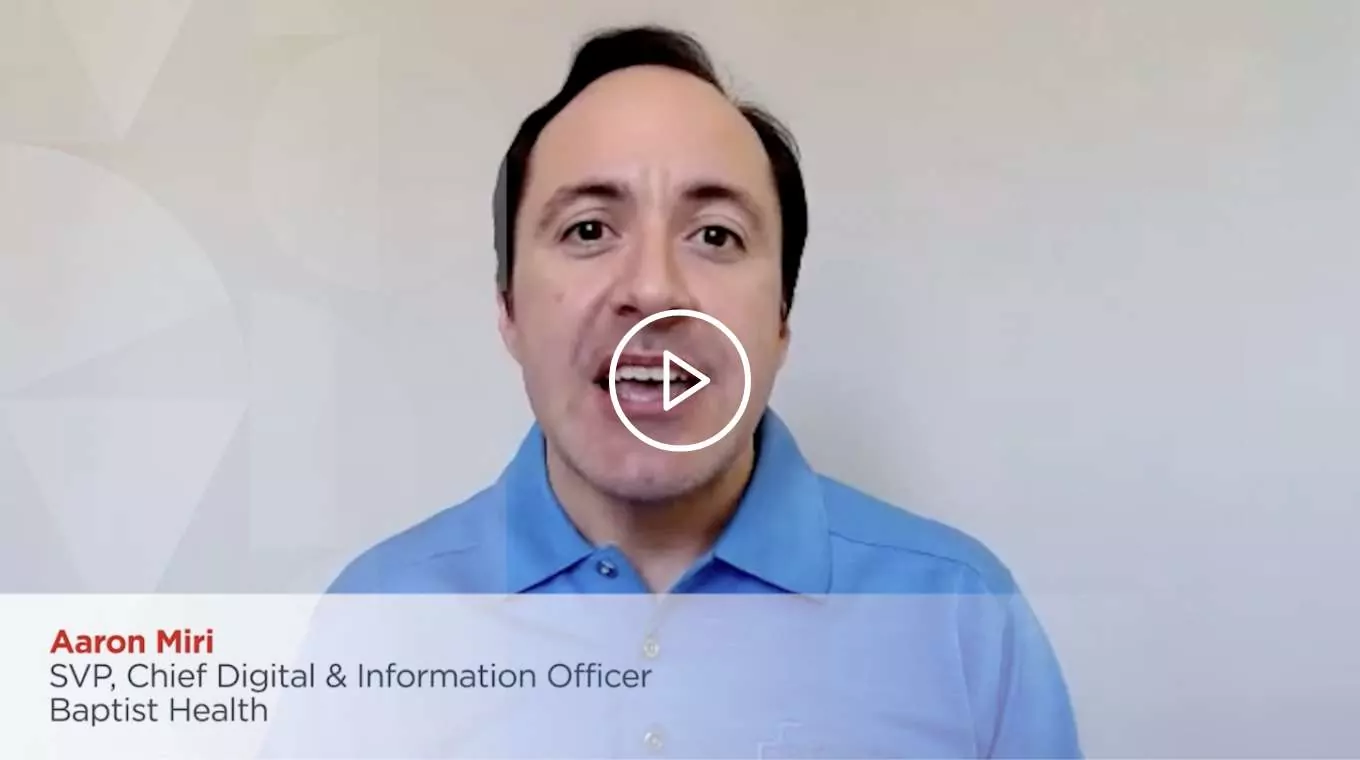Care delivery is evolving. Slow, steady progress was catapulted forward when the COVID-19 pandemic left providers no choice but to accelerate their adoption of telehealth and the digital transformation that goes with it.
As virtual care becomes mainstream, health organizations have a golden opportunity to assess their challenges and opportunities — for both inpatient and home-based care.
While certainly not a new idea, patient experience continues to be a top priority for many health systems. New consumer-like expectations are driving the move to digitization of the patient journey. And healthcare leaders — clinical, business, and IT — are exploring the best technology solutions to get there.
A Deloitte study found that 92% of health systems cited consumer satisfaction and engagement as a top goal of their [digital] investments.1 But Harvard Business Review cautions providers who are digitizing processes to “keep in mind that while tech advances are creating opportunities to deliver exceptional consumer experiences, creating such experience involves more than applying technology.”2
So, what is the key to “more”? What’s the secret sauce to making meaningful technology decisions that are truly patient-centric, enhance the journey, and are beneficial to everyone: patients, clinicians, staff, and the organization as a whole?
Here’s what three health system leaders think. Their thoughts are strikingly similar and come down to involving patients in the process. This may be obvious, but it’s definitely easier said than done. It takes commitment, ongoing work, and dedicated resources to gain deep understanding and translate that insight into policy, processes, and digital solutions.
For Dr. Adrienne Boissy, Chief Medical Officer at Qualtrics, the key is aligning to the “values, needs, and preferences of patients,” the original definition of patient-centric care. But she doesn’t think we’re there yet. “I’m hopeful that we can tailor all those platforms to what the patient really wants and is going to engage with the most,” she says.
In adapting to care delivery changes, some organizations are formalizing their efforts. “Many institutions have actual patient engagement groups, like committees and teams, just to hear the thoughts and concerns of patients at the same time,” says UConn Health Chief Medical Information Officer Dr. Dirk Stanley.
And he thinks it’s just as important to get the same kind of input from providers. “Compare the messages of the physicians and nurses and pharmacists who are on the front line and hear their concerns,” he says.
He suggests this win-win approach: “A ‘hybrid’ policy, co-authored by patients and the clinical staff, is how you arrive at an agreement that works for both.”
Aaron Miri, Baptist Health SVP and Chief Digital Officer, weighs in on the role of CIOs in patient experience and the relationships needed to ultimately select the right technology. “The role a CIO or a CDO should play in patient experience is very simple,” he says. “They should be at the bedside with the caregivers and clinicians.”
Then, Miri believes, CIOs should join with “marketing and consumer engagement teams to construct and journey-map out the best possible experience for the patient community.” He has a close relationship with his organization’s chief consumer officer, and together they have mapped the entire journey of their patient engagement channels — from call center to email to even the mobile wayfinding app.
“I have to be able to talk like a marketing officer and your marketing officer should talk like a digital officer,” he says. “When you achieve that dynamic working together, it’s amazing what you can do.”
People are the most important part of healthcare. Meeting their needs and improving their outcomes are paramount to any organization’s strategic plan. This includes those who receive care and those who deliver it.
As we move into an increasingly patient-centric future, organizations that listen intently, act accordingly, and implement people-first technology will be in the best position to fulfill these aspirations.






